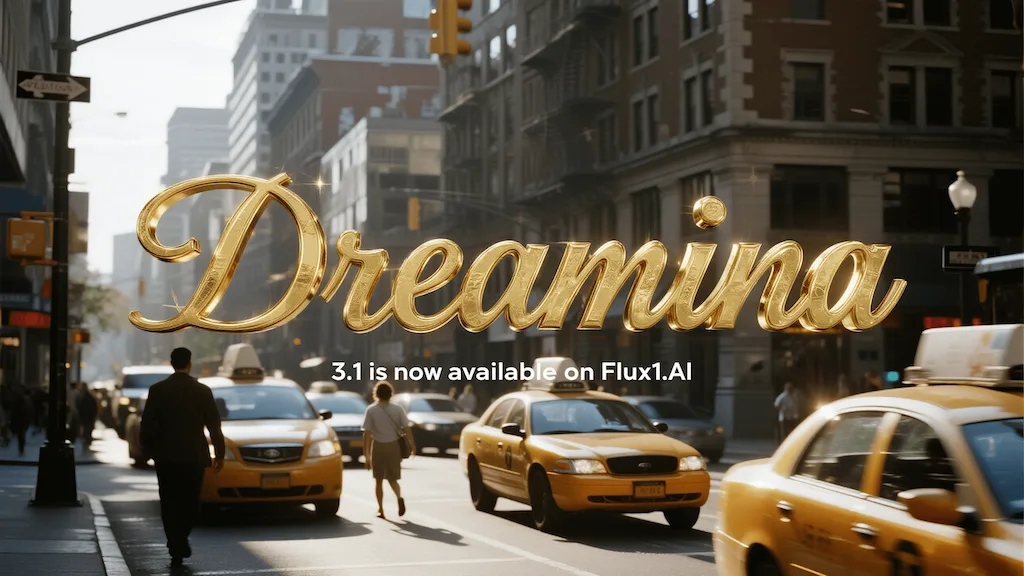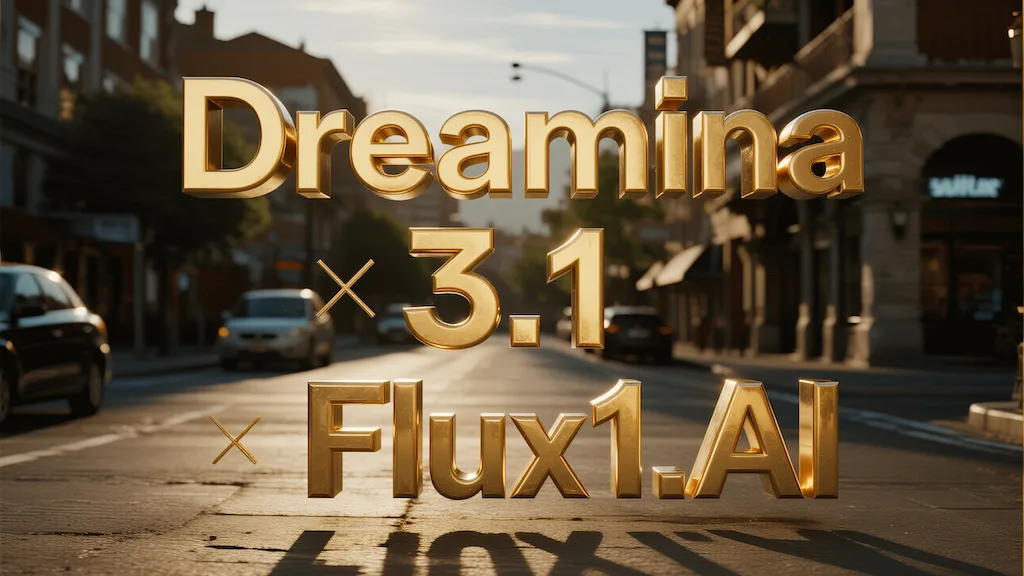Dreamina 3.1 Image Generator
Enter text prompts to generate images
Dreamina 3.1 Image Generator Result

Dreamina 3.1 Text-to-Image
Enhanced 4MP cinematic-quality image generation
Dreamina 3.1


Dreamina 3.1 FAQ
Have a different question and can’t find the answer you’re looking for? Reach out to our support team by sending us an email and we’ll get back to you as soon as we can.
What is Dreamina 3.1?
Dreamina 3.1 is an advanced 4MP text-to-image model focused on enhanced visual presentation, delivering significant improvements in aesthetic quality, precise style diversity, and image detail richness. It maintains strong text rendering capabilities and excels at professional cinematic quality, nuanced lighting, and diverse photographic styles including underwater, portrait, and pet photography.
What are the key capabilities of Dreamina 3.1?
Professional Cinematic Quality: Generates rich, complete scenes with layered lighting and atmospheric depth for visual storytelling.
Precise Style Diversity: Offers accurate style control and clear visual characteristics, with enhanced variation across batch generations. Excels in artistic movements (e.g., Fauvism), detailed character portraits, and studio photography.
Commercial Applications: Especially strong in graphic design and poster scenarios, with optimized handling of commercial image border issues and support for various design aesthetics.
What styles and applications does Dreamina 3.1 support?
Cinematic and Film Aesthetics: Cinematic atmosphere, road movie, western film styling.
Photography and Portraiture: Documentary, fashion, and commercial photography.
Artistic and Cultural Styles: Traditional ink wash painting, Chinese animation, crayon illustration.
Fine Art Movements: Landscape painting, Baroque, Cubism.
Graphic Design and Typography: Split composition, 3D metallic typography, cute dimensional styling.
How should I write prompts for Dreamina 3.1?
The model responds best to coherent natural language descriptions of image content including subject, actions, and environment. Express style elements (color, lighting, composition) as concise descriptive terms. For text rendering, place desired text within quotation marks (""). Specify image purpose and type (e.g., "PPT cover background", "documentary photography"). Both detailed and concise prompts can yield excellent results if expressed clearly.
What are some example prompt categories and applications?
Cinematic and Film Quality: Cinematic atmosphere, road movie, western film.
Photography Styles: Documentary photography, fashion photography, commercial photography.
Trending Artistic Styles: Ink wash style, Chinese animation style, crayon illustration.
Fine Art Aesthetics: Landscape painting, Baroque style, Cubism.
Graphic Design Applications: Split composition, 3D metallic bold typography, cute 3D style.
What are the best techniques for effective prompting?
Scene Description: Use natural language for subject, actions, and environment.
Text Enhancement: Place text in quotation marks for accuracy.
Professional Vocabulary: Use original language or English for specialized terms.
Image Purpose: Clearly state the image's purpose and type.
Concise Expression: Short, clear prompts can be highly effective.
What are the limitations of Dreamina 3.1?
Performance may vary with prompt complexity and specificity. Text rendering accuracy improves with proper quotation formatting but may require iteration for precise results. Style transfer effectiveness depends on clear directive language and appropriate reference terminology.
What are the recommended prompt structures for Dreamina 3.1?
Combine detailed scene descriptions with specific aesthetic directives. The model performs well with both comprehensive and concise prompts, as long as they are clear. For best results, include subject, style, color, lighting, and composition, and use quotation marks for any text to be rendered in the image.